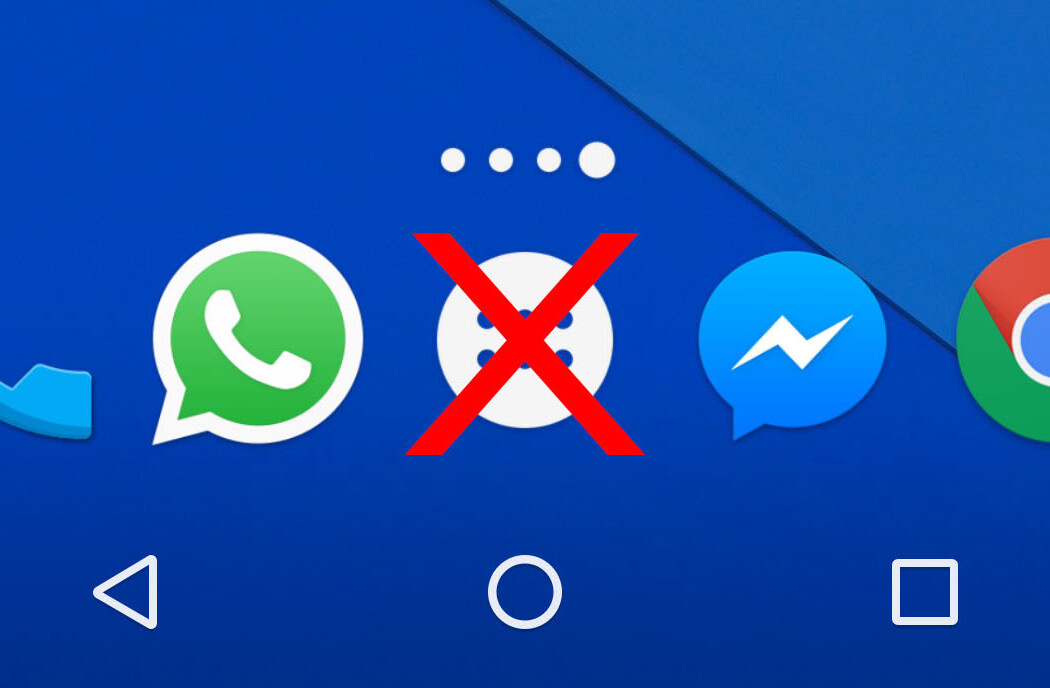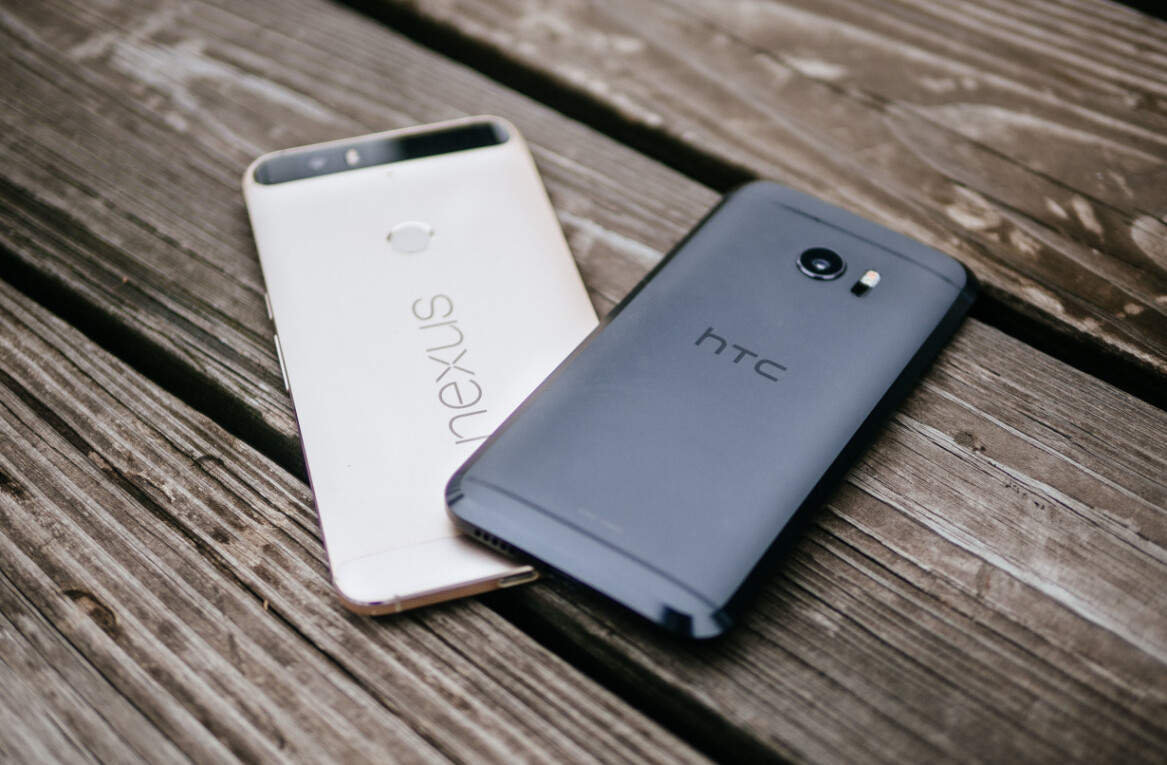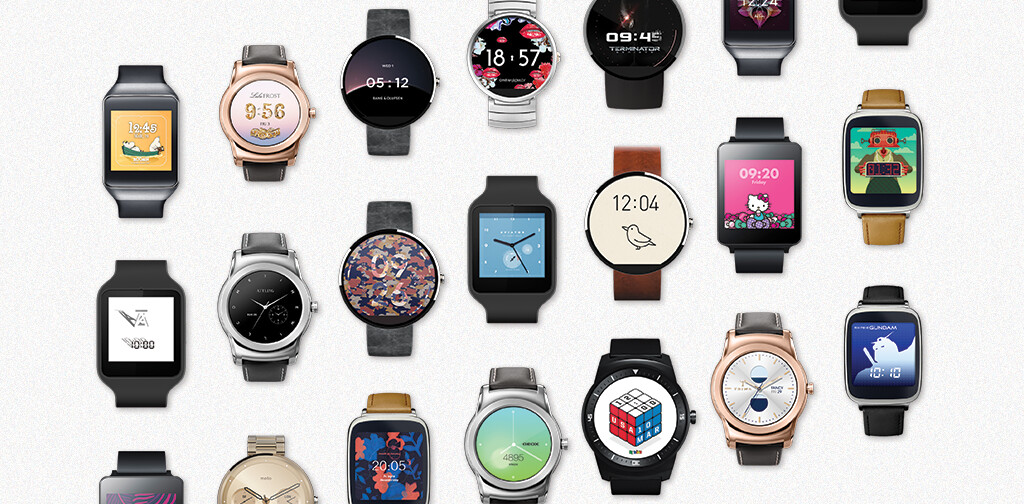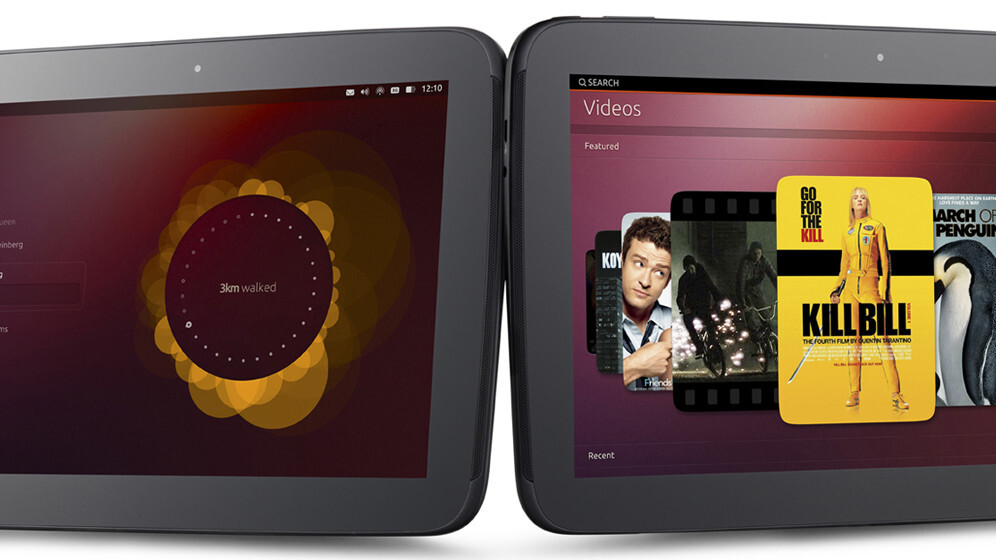
Canonical has announced and demonstrated a new tablet interface version of the Ubuntu Linux operating system today.
The new interface supports the display of applications that are designed for both tablets and smartphone concurrently, allowing for a display setup by the name of ‘side stage’ that is most akin to the ability in Windows 8 to attach stripped down, vertical versions of one application next to another that occupies the right-hand side of the display.
It also supports multiple users from the homescreen, and includes a guest mode in case you want to let a friend or family member borrow the tablet. Apps are stored in a pane on the left-hand edge – identical to its approach on smartphones – and a quick swipe across reveals all the apps currently running, as well as a search directory for every app installed on the device.
The tablet interface also uses the same touch and move gesture to switch between apps, and will offer both native and web apps upon launch. Sharing is also a standard service, supporting all the major networks including Twitter, Facebook and Pinterest.
Canonical also announced today that the developer preview of Ubuntu will be published on February 21, with installation instructions for the Nexus 7 and Nexus 10 tablets, as well as the Nexus 4 and Galaxy Nexus smartphones.
Canonical moving to the tablet market is a bold move for the firm and its operating system, but not a decision that can be called surprising; in early January the firm announced that it was constructing an interface system and pertinent developer tools so that its code could be applied to smartphones. The move to tablets is therefore, in context, something expectable.
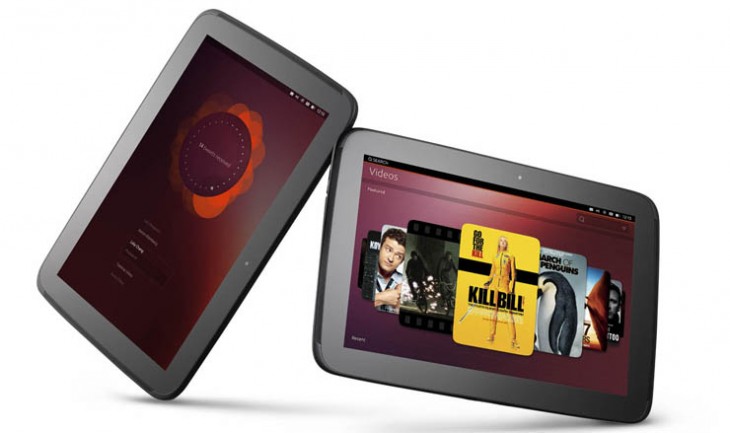
That fact is not to detract from the scope of what Canonical is building. The company is working to apply its operating system onto your every possible device: server, desktop, laptop, tablet, smartphone, and television.
The only companies working on anything slightly as ambitious are Apple to a lesser, and Microsoft to a larger degree. Microsoft is quickly moving its platforms to a shared Windows core; the Xbox console is likely the next domino to fall. However, Microsoft has great market share in both consumer and enterprise computing spheres, whereas Canonical, despite real progress – OEM deals with Dell et al do in fact matter – remains a distant second or third place.
In conversation with Canonical founder Mark Shuttleworth, the move was placed into the context that Ubuntu tablets are eminently compatible with systems that enterprise clients already have in place. Ubuntu’s prominence, or even preeminence if you wish, in the cloud and server markets is not to be discounted as a market force.
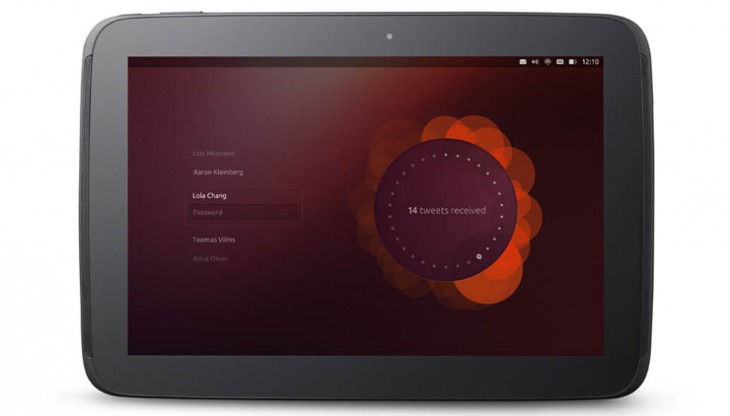
Critical to the tablet effort by Canonical is its call to run “exactly the same OS and code” across devices and form factors. Naturally, certain interface elements will need to be taken into account; a tablet version of an app might take on slightly different digital form than a laptop app, assuming different screen sizes.
Still, Canonical is stealing a bit of Microsoft’s future thunder by stating plainly what developers have lusted to hear: develop once, and then run it on any device type you can name.
Tablets
The interface, if you are familiar with Ubuntu in general, and its recent smartphone effort, will not be a stranger. Tablets running the new interface announced today is designed to run on devices with screens between 6 and 20 inches, with up to 450 PPI density.
Given that Ubuntu can run on ARM and x86 chips, so too can tablets running either form of silicon handle the new interface. Naturally, OEM and ODM partners are key for Canonical’s push, but like with its smartphone efforts, much work remains a head of it. The company did quote TNW on a first quarter 2014 launch for its smartphone line, and allowed that a concurrent launch for its tablets is possible, but not promised; a launch of Ubuntu tablets in the second or third quarter of 2014 would not be late, to be plain.
Market demand for the devices will likely find early footing among those who are best versed with Ubuntu: enthusiasts, developers, IT denizens, and folks working at the enterprise level. If that sounds small, recall that those demographics are precisely the groups currently driving what could be called unexpectedly high demand for Microsoft’s Surface Pro tablet hybrid.
From a distance, Ubuntu is working from the server room out, building on its strength in the back room that has helped guide the development of its operating system, and expanding those efforts to more diverse locations.
It’s early yet, but what Canonical has announced is certainly something that I want to get my hands on and play with, and quickly.
Top Image Credit: Canonical
Get the TNW newsletter
Get the most important tech news in your inbox each week.

